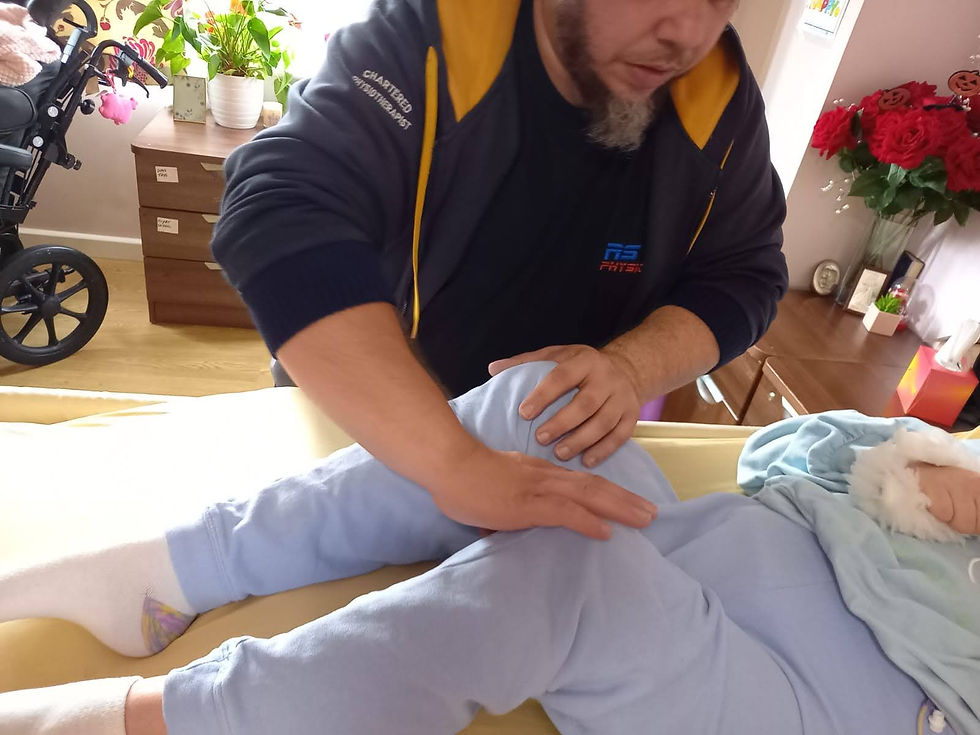WALKING - Is it the most important thing you can do to promote recovery?
- Pawel Ciecierski MSc Physiotherapy MCSP HCPCreg

- Jan 20, 2022
- 2 min read

Working with patients with neurological conditions, I deeply started to understand need for a safe and effective locomotion programs.
Walking, ambulation, stroll, saunter, amble, trek, march, stride call it as you like is one of the most important thing you can do to promote recovery after stroke and many more neurological, cardiorespiratory, musculoskeletal conditions.
Ambulation is a very complex task that requires an integration of multiple systems in the body, non-disrupted flow of the information from our CNS( Central Nervous System) to the other parts responsible for an effective walking - our legs, core muscles and arms. Communication BRAIN - REST OF THE BODY plays vital role in safe and efficient walking. Also crucial for our ability to walk and balance is intact cognitive functions. If there is a situation both gait problems and cognitive functions are compromised – possibility to fall drastically increses. Falls can have catastrofic implications, and as a physiotherapist I always look for a safety first.
More and more clinical studies shows ambulation helps to regain strength, stamina and balance. Improves cardiorespiratory status, increase confidence and overall resilience. It contributes in emotional and mental outlook as well as the ability to alleviate depression and other psychological side effects.
Researchers confirm that safe and well planned walking is one of the most important parts of a stroke ( and other neurological and musculoskeletal conditions) rehabilitation program. To relearn motions that have been lost the brain needs constant prolonged stimulation to use ability to modify, change, and adapt both structure and function called neuroplasticity. Ambulation – even slow – is a complexity of the tasks that triggers this stimulus and increases the flow of oxygen to the brain, what supports brain recovery.
There is an evidence that 65-85% of stroke victims do learn to walk independently again after 6 months. However, depending on the stroke severity, we can observe reduced stamina, atrophied muscles, and other physical limitations to take first steps. And it is absolutely expected.
We must remember, stroke patients aren't the only people who can lose mobility. Problems with ambulation and balance are common across neurological diseases. And while the diagnosis may differ depending on whether a patient has stroke, MS (multi
ple sclerosis), Parkinson's disease, or old age, the end result is the same: a loss of safe mobility or ability to walk at all, coordination and independence.
With right attitude towards your recovery having planned and carefully implemented walking program, will support your abilities to transport yourself from short, medium to long distances.





Comments